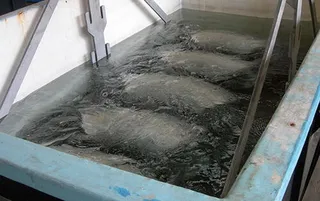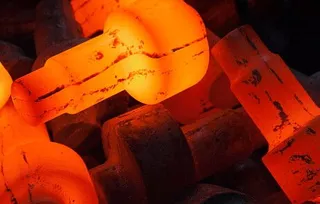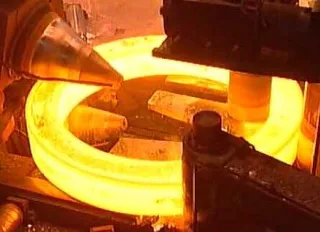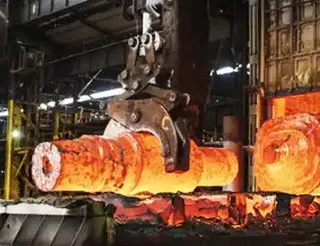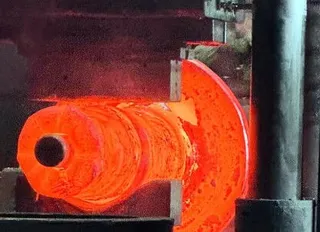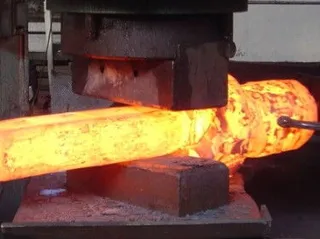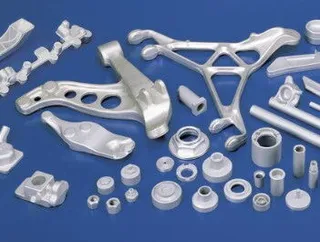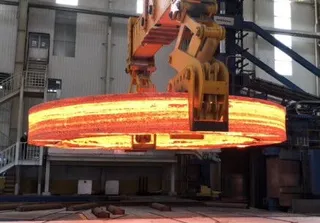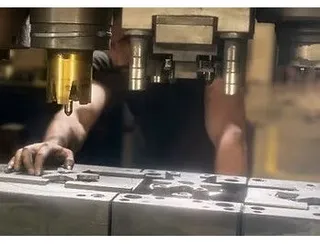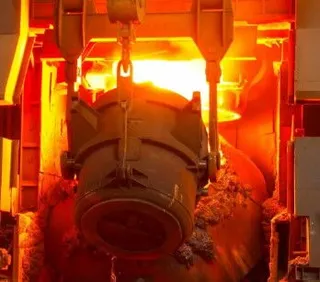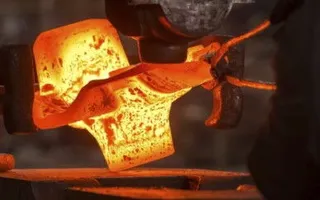What Affect the Performance of Aluminum Alloy Forging?
The performance of aluminum alloy forging is the result of multiple factors, including the chemical composition and physical properties of the alloy, as well as various external factors during the forging process. Key factors influencing the quality of aluminum alloy forging include the heating temperature of the alloy, mold design, and the configuration of the pouring system. This article will provide a detailed analysis of the fluidity, shrinkage, hydrogen absorption, forging temperature, equipment...


